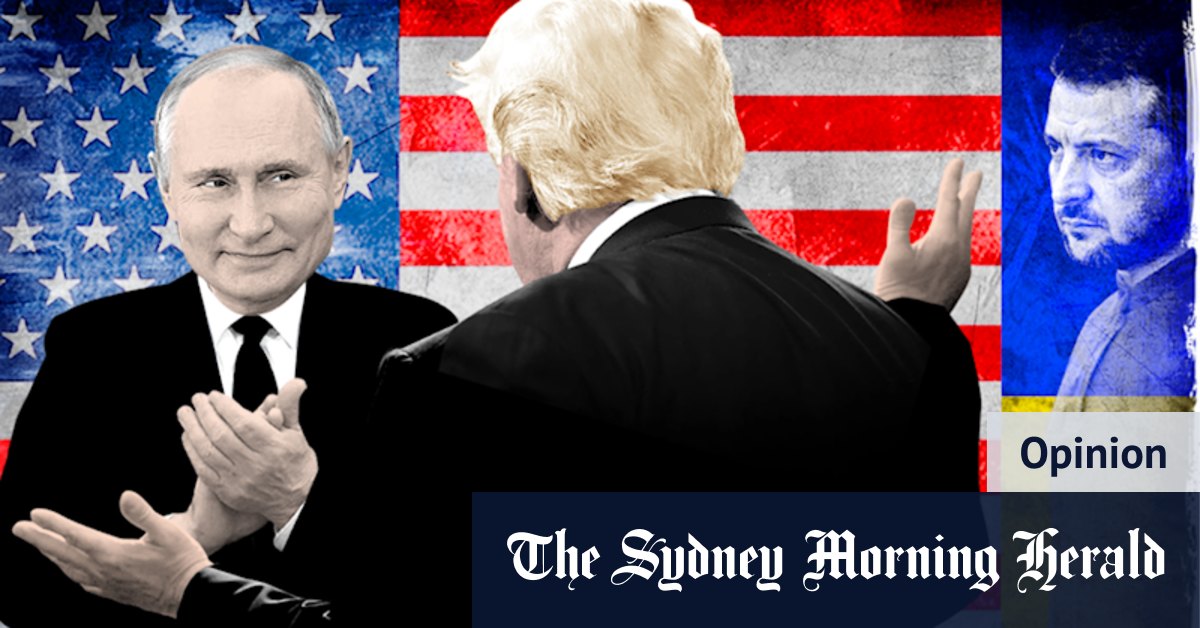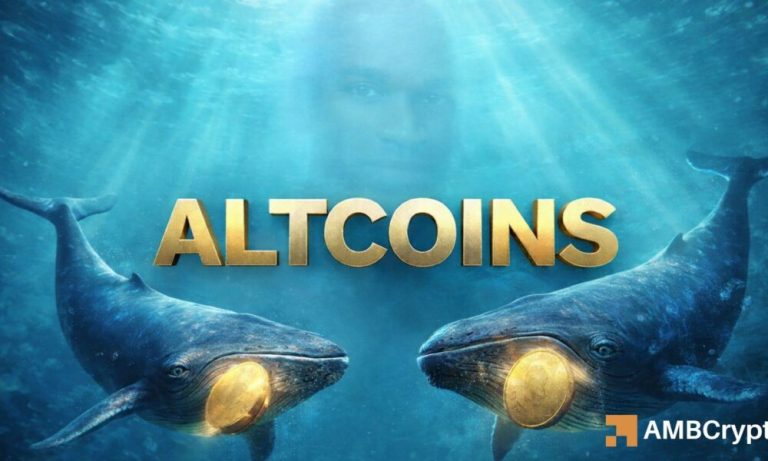
Trump and Putin’s Alaska Summit: What Really Happened?
The Alaska summit between former U.S. President Donald Trump and Russian leader Vladimir Putin drew widespread attention, given the backdrop of ongoing conflict in Ukraine. The meeting raised crucial questions about U.S. foreign policy, the dynamics between the two leaders, and the future of international diplomacy. Here’s everything you need to know about the controversial summit and what unfolded behind closed doors.
Trump’s Strong Words on Ukraine… At First
Two weeks prior to the summit, Trump described Russia’s actions in Ukraine as “disgusting” and called for an immediate end to the violence. He also revealed that U.S. submarines had been positioned near Russia as a warning, emphasizing the need for readiness. Trump seemed determined to pursue severe consequences for Russia, including unprecedented secondary tariffs of up to 500% on countries like China and India that import Russian oil. Such an economic chokehold, analysts believe, could have deeply undermined Russia’s war efforts.
However, the summit took a surprising turn. Despite initial strong rhetoric, Trump emerged from the meeting with glowing remarks, describing it as a “10 out of 10” and shifting focus from sanctions to discussing peace agreements that included potential land swaps in Ukraine. This abrupt change in tone has left many puzzled and questioning the former president’s motives.
Why the Sudden Shift?
Critics and experts have been baffled by Trump’s transformation from a seemingly fierce adversary of Putin to someone ready to normalize relations. Peter Tesch, Australia’s former ambassador to Moscow, commented, “It’s bewildering. Trump turns from a bully into a servile individual under Putin’s influence.” Conspiracy theories abound, with speculation that Putin might wield leverage over Trump. However, Trump argued that economic cooperation between the U.S. and Russia holds “tremendous potential.”
Phillips P. O’Brien, a professor of strategic studies, criticized the implications of the summit, stating, “Trump has begun the process of normalizing relations with Putin, a war criminal.” The summit marked the first U.S.-Russia leadership meeting in four years, and some observers argue it handed Putin, a global pariah, a significant political victory.
The Business Angle: Diplomacy or Opportunism?
While calls for a ceasefire were notably absent from the post-summit press conference, economic discussions reportedly took center stage. Kirill Dmitriev, head of Russia’s sovereign wealth fund, emphasized the importance of U.S.-Russia business cooperation, highlighting “tremendous economic potential.” Trump himself hinted at economic opportunities, boasting that the U.S. was “the hottest country anywhere in the world right now.” This shift has led many to accuse Trump of prioritizing profit over principles.
What’s Next for Ukraine?
The summit left Ukraine in a precarious position. Russian and U.S. discussions reportedly centered on land swaps, a proposition bound to be rejected by Ukrainian President Volodymyr Zelensky. European leaders, including those from Britain, France, and Germany, have backed Ukraine’s sovereignty while cautiously seeking to keep Trump committed to NATO alliances. As one analyst put it, “Ukraine’s fate is hostage to the wider security negotiation with Europe.”
Global Fallout and Final Thoughts
The Alaska summit raised more questions than it answered. While some see Trump’s outreach to Putin as a step toward diplomatic engagement, others view it as a betrayal of U.S. values and a boost to Russia’s tarnished reputation. Putin concluded the event with a teasing invitation: “Next time in Moscow.” Time will tell whether this meeting was a step toward peace or a cautionary tale of diplomacy gone awry.
Looking to stay informed about geopolitical developments and their impact on global lifestyles? Visit our site for the latest insights on diplomacy, wellness, and travel in a changing world.






